OVERVIEW
This project analyses the possibility of creating a Machine Learning tool to predict the solar influence of a curved façade skyscraper towards its immediate context. Usually, this measure is quantified using HDRI rendered images which need to be extracted for each building around the target. These measures take a long time depending on the complexity of the building and the surrounding context. This tool can provide fast and accurate predictions based on vertical illuminance and radiated horizontal illuminance. A series of building possibilities were developed based on simple curve facade geometries scripted in grasshopper to generate – 2000 samples recorded as a dataset. The data present affected areas from surrounding buildings and the number of reflected sun rays from the curved facade which targets the context. To obtain diverse glare intensities, the distance and angle to the target to obtain Av (vertical illuminance area) and Ah (horizontal angle of the reflected sun rays from the base building) were measured. A PCA performed over the exported dataset aided in defining the primary features of the data. An ANN – regression model was trained over it which could, later on, be visualized in grasshopper and compared with the ground truth values.
FRAMEWORK
There is a strong relationship between the surface geometry of a skyscraper and the incidence towards neighbouring elements in terms of glare and sunray reflection. We aim to predict the influence of varied building forms, heights and refractive elements of sun ray reflection angle.

This analysis is based on the average illuminance formula and its mathematical elements considering, the horizontal illuminance of the building and the vertical illuminance of the context. The distance to the context is crucial as the glare might reduce or increase also the angle of the reflected ray from the curved surface to the context. The aim of using this formula is to replace HDRI renders to get faster glare predictions.
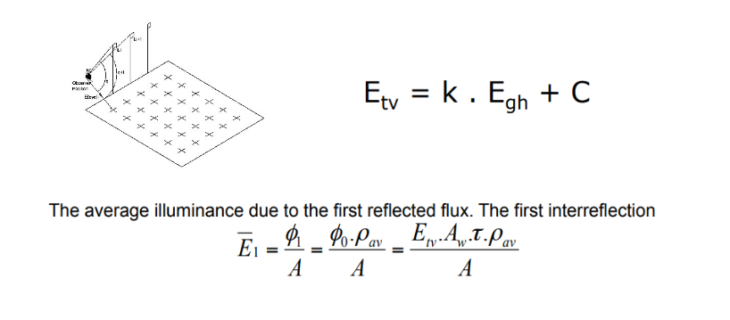
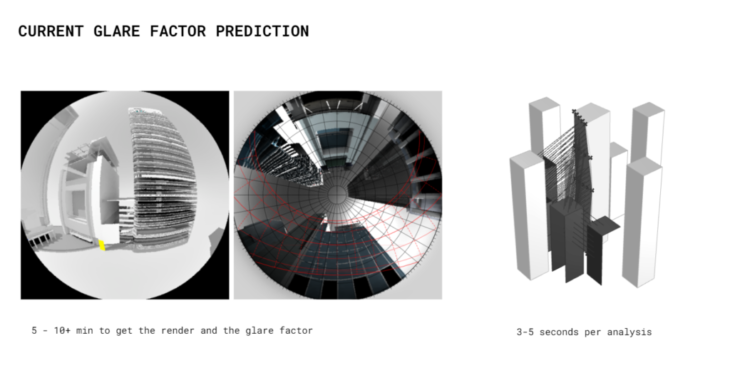
We developed a series of building shapes to visualise the illuminance formula inside from values such as affected Area, reflected Angle, Luxes and Lumens applied to the distance from the building to the context. These shapes were done with a grasshopper script which takes an extruded rectangular plane to get a volumetric shape with only one curve facade built by lofting the top, centre, and bottom curves. To get the generic arrays of the shapes, six different constraints were changed: Height, rotation, middle curve position, middle curve rotation, top curve rotation, and bottom curve rotation. To get the reflected rays, the position of the sun was locally randomly placed at 12 pm avoiding ray occlusion by its neighbouring context. Consequently, they filter the reflected rays by selecting only the ones that hit the context, also getting which context facades are affected. Finally, comparing these values to get the final glare prediction, from all the surfaces affected into an average factor.
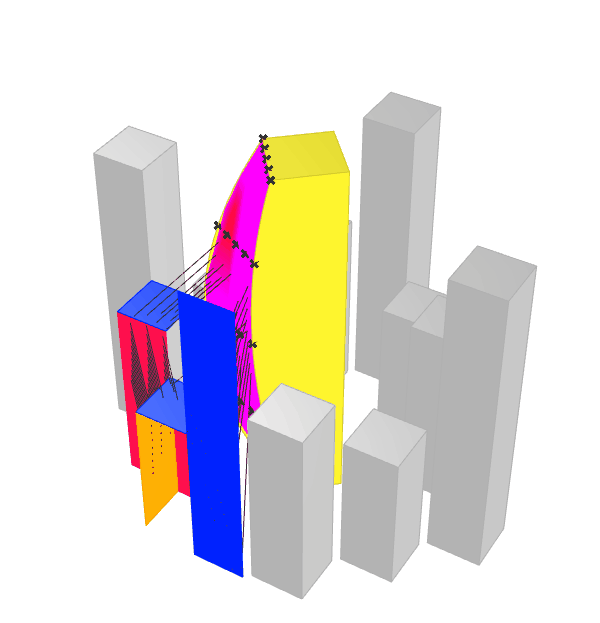
With this information, the dataset incorporates the 15 inputs which results in 3 outputs to be predicted, all them can be found in the following image.
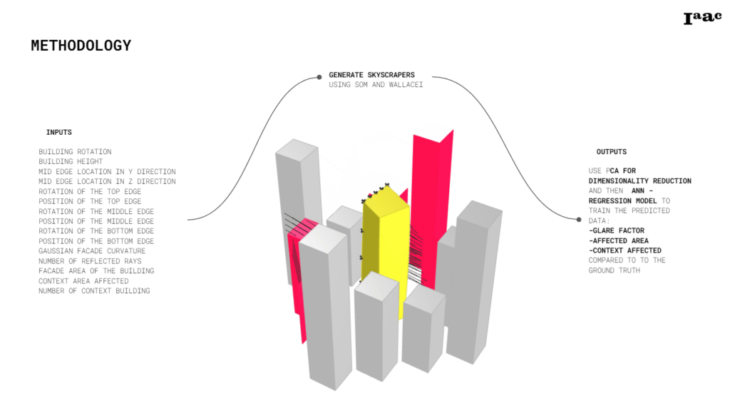
In the Machine Learning implementation, we generated a Kohonen map to visualize the data into 3dimentional geometry.
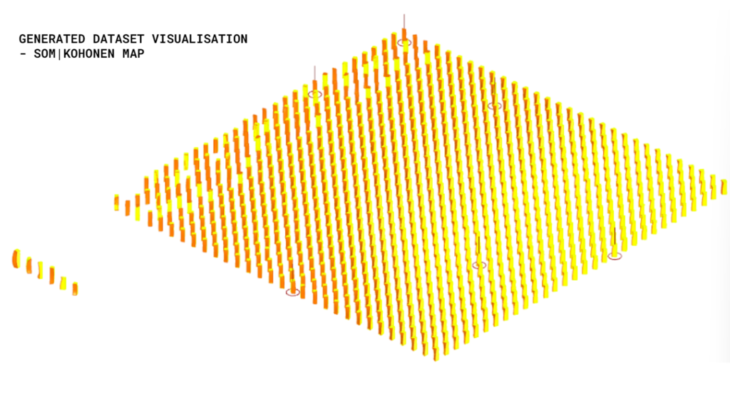
Machine learning – training results.
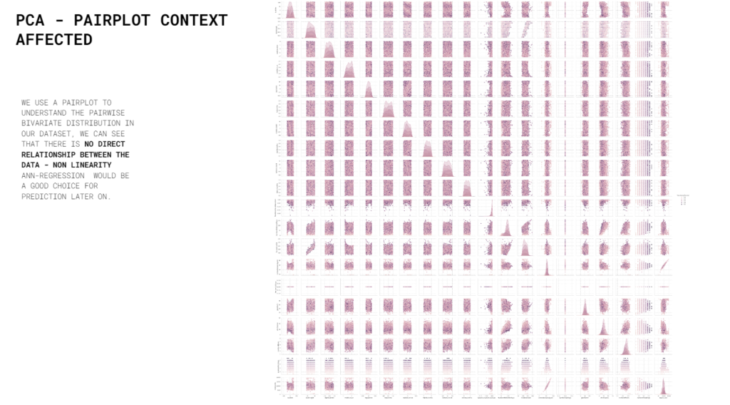
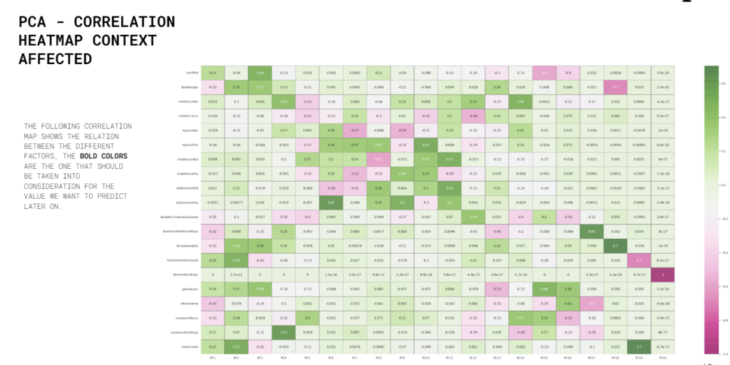
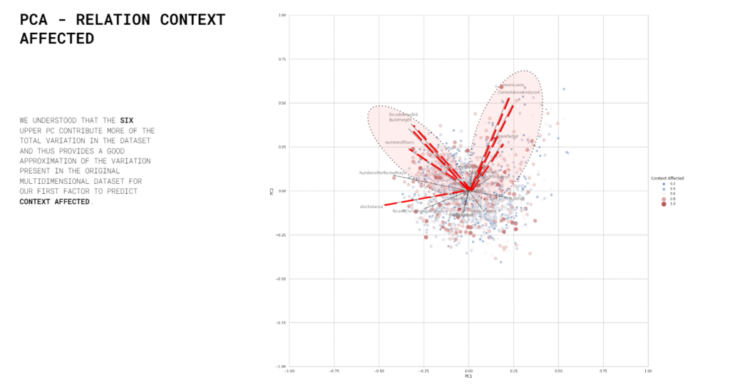
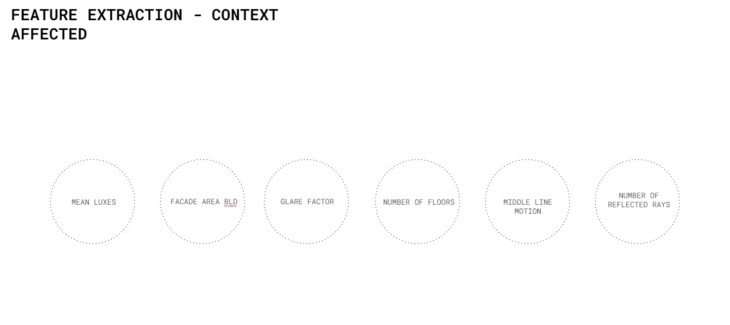
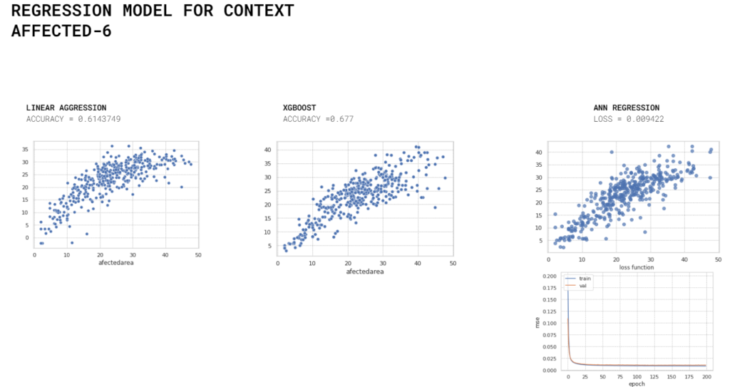
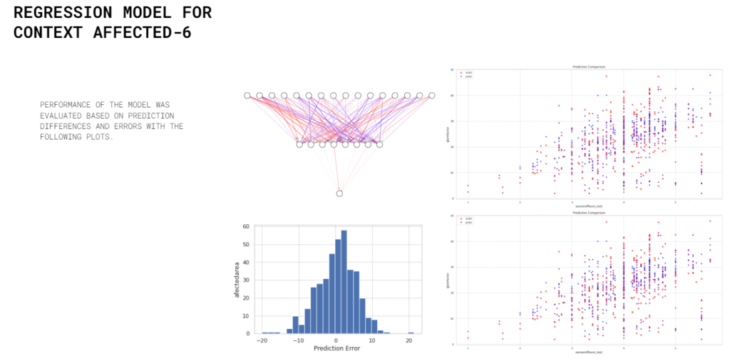
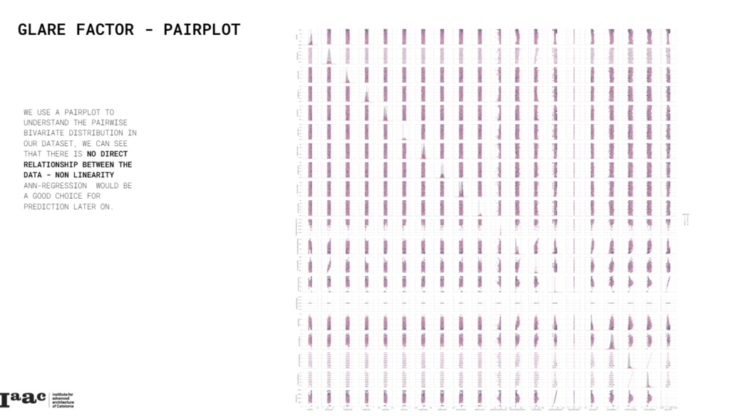
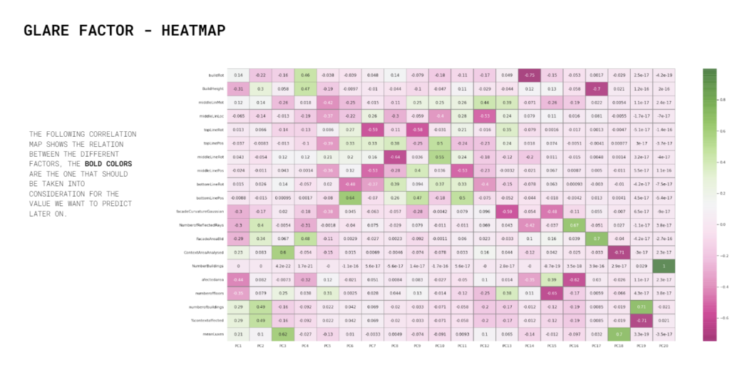

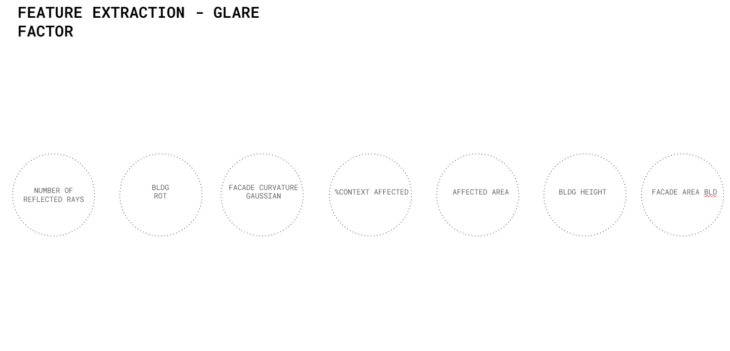
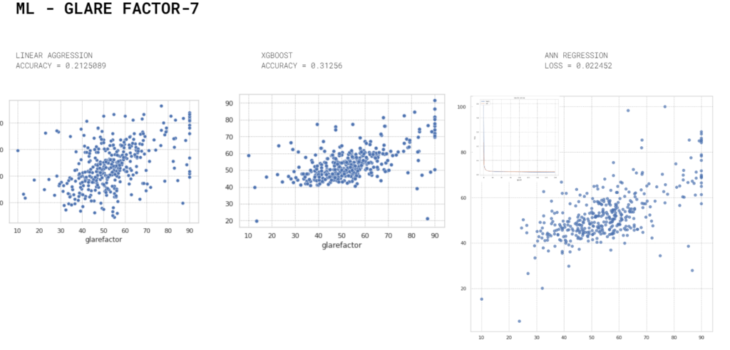
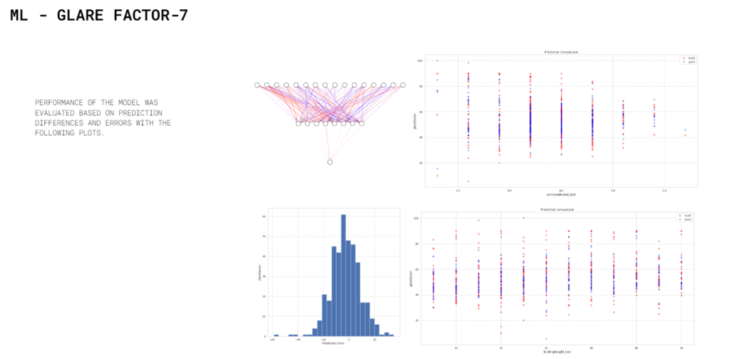
Finally, we used the Hops component within grasshopper to get a visual comparison of the results. After multiple training, we managed to get a very accurate prediction shown in the following table for Context Affected by area and Glare Factor incidence.
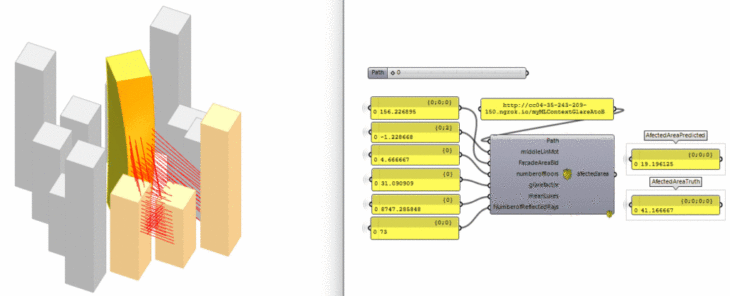

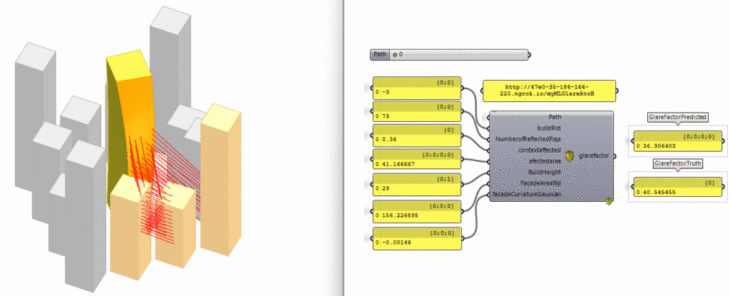

CREDITS
Forecasting Outdoor Glare is a project of IAAC, Institute for Advanced Architecture of Catalonia developed at Masters in Advanced Computation and Design (MaCAD) in 2021/2022 by students: Maryam Deshmukh // Charbel Baliss // Pablo Jaramillo and faculty: Gabriella de Rossi // Hesham Shawqy